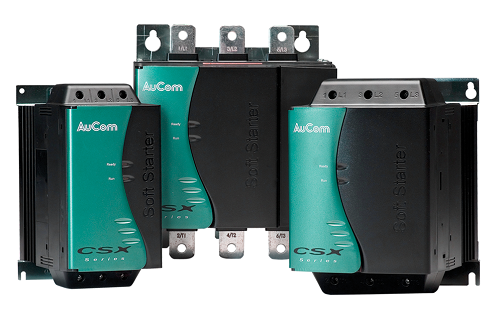
Soft starters are vital to many motor control systems, allowing for precise control and energy savings in industrial and commercial applications. Soft starters provide smooth, controlled operations that reduce mechanical stress and enhance performance.
Implementing soft starters within your operations can contribute to a 30% decrease in motor-related failures, leading to significant financial savings and reduced downtime.
Energy efficiency is a top priority, and soft starters play a critical role in reducing energy consumption by applying reduced voltage to the motor during start-up. This saves energy and prolongs motor lifespan, resulting in cost savings for the end user. IPD's soft starters offer energy-saving capabilities of up to 25%, making them highly desirable for those looking to reduce their carbon footprint while saving money.
System control is another important aspect for many applications, especially in the industrial sector. Soft starters provide seamless system control by reducing the starting current and allowing a smoother transition to full speed. This helps eliminate unnecessary wear and tear on mechanical systems.
Soft starters also improve equipment performance. Traditional across-the-line motor starting methods can cause severe voltage drops, which may result in power outages. IPD's soft starters help to eliminate this issue by providing a range of products that are suitable for various applications.
Finally, safety considerations should never be overlooked. Soft starters offer valuable features such as overload protection, fault detection, and built-in diagnostics that help ensure smooth and safe operation. IPD's soft starters are designed to meet strict safety standards and are equipped with advanced protective features, giving system operators peace of mind that their equipment is operating optimally.
As a trusted expert in the electrical industry, IPD offers a wide range of soft starters designed for optimal performance and safety.
For more information, contact IPD on 1300 556 601 or visit here. |